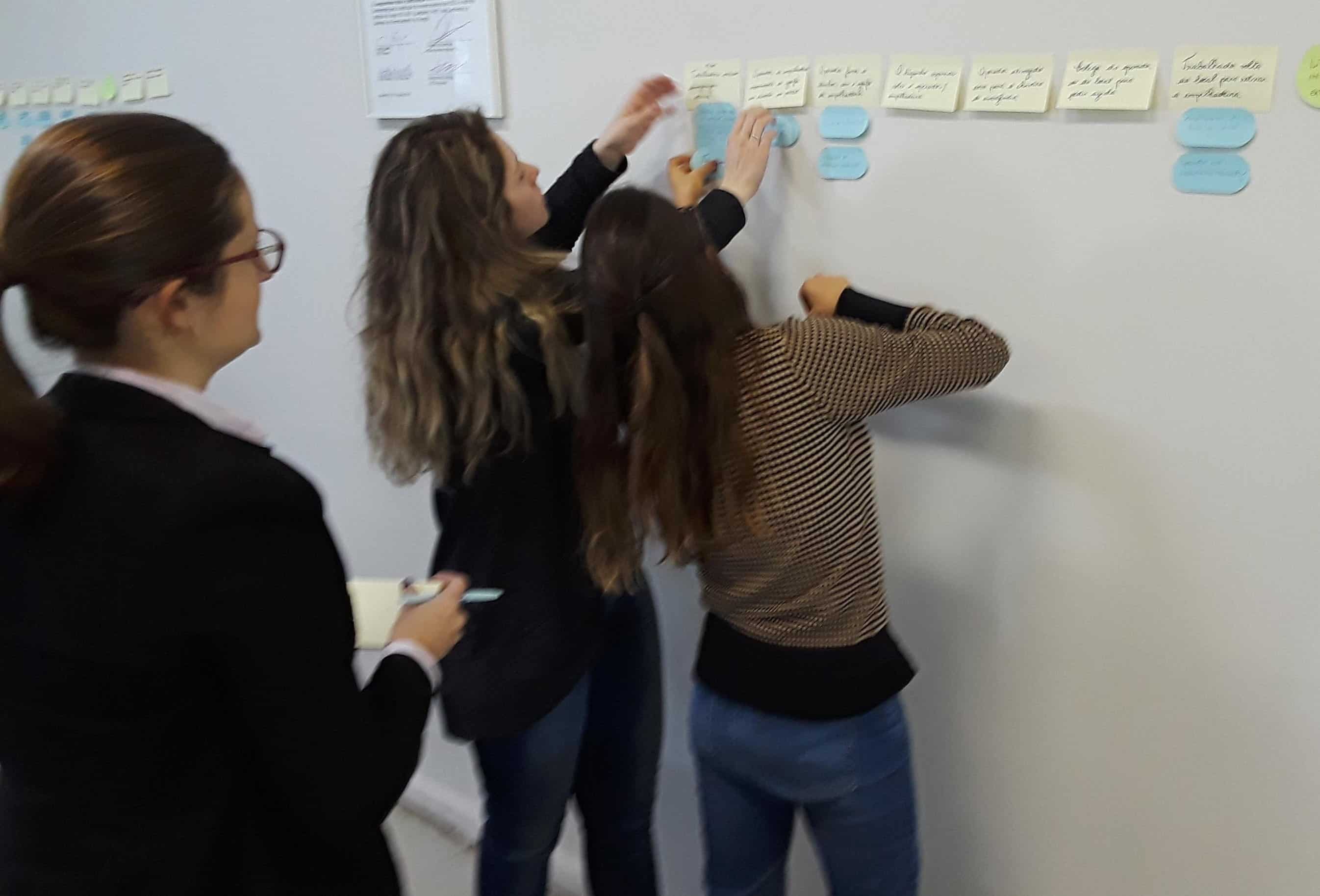How to Write a Good Procedure

In high-risk industries such as oil and gas, manufacturing, construction, and utilities, procedures do more than direct workflow; they protect lives, company assets, and our environment. A poorly written procedure can lead to catastrophic events like injuries, explosions, equipment damage, or environmental spills. Writing clear, effective procedures is one of the foundations of safety.
Why Good Procedures Matter
In high-risk environments, the consequences of error are amplified. Good procedures help:
- prevent incidents by guiding workers through safe, approved steps.
- ensure regulatory compliance, reducing the risk of violations and fines.
- promote consistency and reliability, especially during shift changes, abnormal conditions, or emergencies.
- serve as safeguards within systems like TapRooT® Root Cause Analysis, helping to detect and address latent risks before they result in harm.
In the end, good procedures are not just operational tools. They are essential safeguards that protect people, equipment, and the environment in high-risk industries.
Characteristics of a Good Procedure in High-Risk Operations
Procedures in high-risk operations must go beyond basic instructions. The following characteristics define what makes a procedure effective in complex, hazardous environments.
- Clear and Unambiguous: Use simple, direct language. Avoid vague terms like “as necessary” or if applicable.
- Task-Focused: Include only steps relevant to the specific activity. Avoid mixing multiple tasks in one procedure step.
- Role-Defined: Identify who performs each task.
- Structures for Risk Awareness. Highlight hazards, required PPE, isolation requirements, and control measures.
- Compatible with Control of Work Systems: Ensure alignment with permits, lockout/tagout, and isolation procedures.
- Reviewed and Validated: Include field validation to confirm the procedure matches actual practices and conditions.
- Linked to Emergency Protocols: Indicate what to do if deviations occur or if the process goes out of control.
By incorporating these characteristics, companies can ensure their procedures not only guide safe work but also serve as reliable defenses against operational risks and failures.

Writing Effective Procedures
To create procedures that truly support safe and consistent operations, follow a structured approach. The following best practices outline how to write procedures that are practical, clear, and aligned with real-world operations.
- Use a Standardized Format: Include sections like Purpose, Scope, Responsibilities, Tools/Equipment, and Procedure Steps.
- Involve Frontline Workers: Collaborate with technicians and operators during development to capture practical insights.
- Observe the Task: Document the procedure during live operations or simulations to capture step-by-step accuracy.
- Add Visual Aids: Use process flow diagrams, equipment photos, and warning icons for clarity.
- Perform a Risk Review: Integrate hazard identification and safeguards.
- Test with a “Cold Reader”: Ensure someone unfamiliar with the job can follow the procedure safely and correctly.
Following these best practices ensures your procedures are clear, actionable, and aligned with real-world conditions, making them powerful tools for operational safety and consistency.
Pitfalls to Avoid
Even well-intentioned procedures can fall short if common mistakes are overlooked. Here are frequent pitfalls that can undermine procedure effectiveness and how to avoid them.
- Outdated Content: A procedure that no longer reflects current operations can create risk.
- Over-Complexity: Avoid excessive detail that obscures critical steps.
- Assuming Knowledge: Don’t rely on tribal knowledge or assumptions – document explicitly.
- Skipping Reviews: Regular audits and updates are essential to maintaining procedural integrity.
By recognizing and addressing these common pitfalls, you can significantly enhance the effectiveness and reliability of your procedures in high-risk environments.
Procedure Quality is Directly Linked to Risk Reduction and Performance Improvement
In high-risk industries, procedures are a frontline defense against accidents. They guide safety operations, especially in critical activities like startup/shutdown or high-energy work. Writing and maintaining good procedures is not optional. It is a regulatory expectation and a business necessity.

Learn More
If you’re ready to improve your procedure writing skills and ensure they’re grounded in proven root cause analysis techniques, consider attending the 5-Day TapRooT® Root Cause Analysis Course. This comprehensive training goes beyond theory—it’s designed to give you practical tools to identify, analyze, and correct weaknesses in procedures and other systemic issues. Whether you’re in oil and gas, utilities, or manufacturing, this course equips you to write procedures that enhance safety, compliance, and performance. Join us and take the next step in building a safer, more reliable operation.



